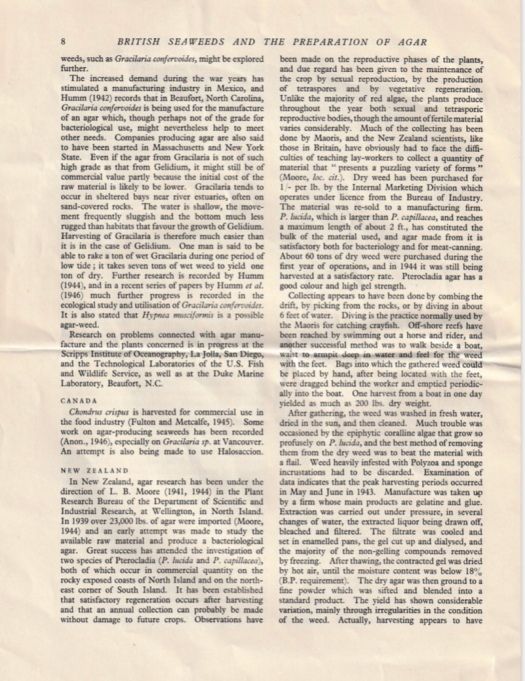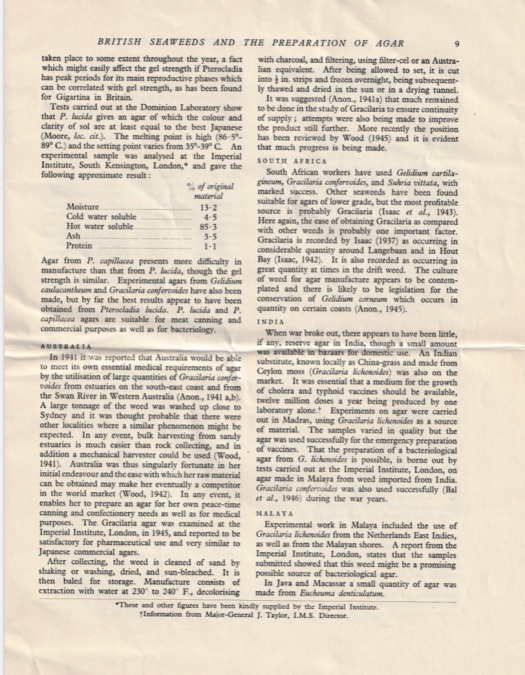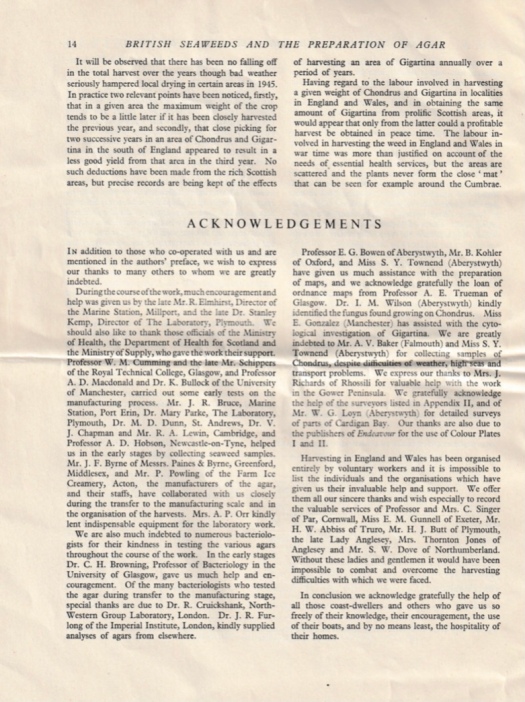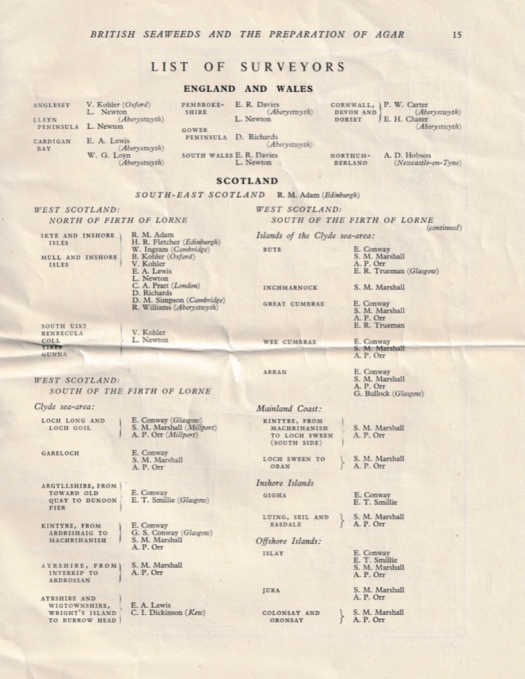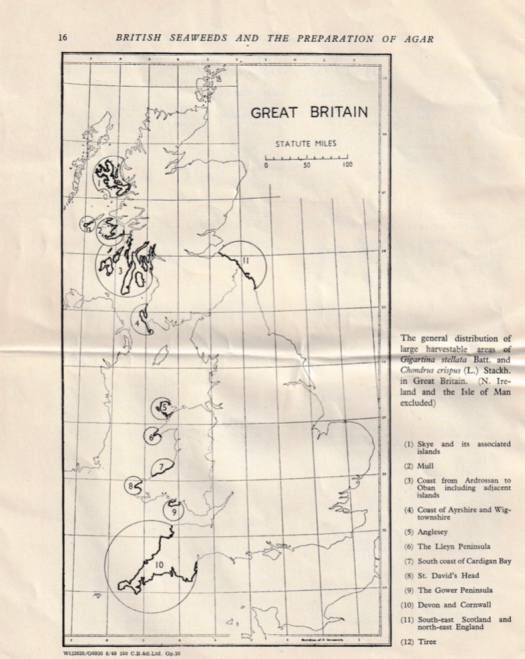The amazing document is published here courtesy of Steve Forsythe and was the inspiration for his fantastic article The Hunt for Agar in World War Two in the Microbiologist, the Society for Applied Microbiology’s magazine.
During WW2 the Ministry of Supply in Britain became concerned about the supply of agar for microbiology, due to the fact that it was primarily sourced from Japan, so volunteers and researchers (including Sea Scouts) where roped in to collect large quantities of seaweed and ‘certain’ species were evaluated for use in the preparation of agar.
This was especially important for the development of penicillin which was first trialed in human patients in 1941 (and which I have previously explored at length in my project Make Do and Mend). I worked with the History of Science Museum at the University of Oxford which holds a wonderful collection from Florey and Chain, the University Oxford Professors who won the Nobel Prize for the development for penicillin with the more famous Alexander Fleming. The collection includes excellent examples of ‘biohacked’ equipment for the culture of penicillin, including biscuit tins with cans welded to them for culture vessels for the famous mould. These kinds of DIY methodologies employed by the pioneers of microbiology are hugely inspiring to me.



